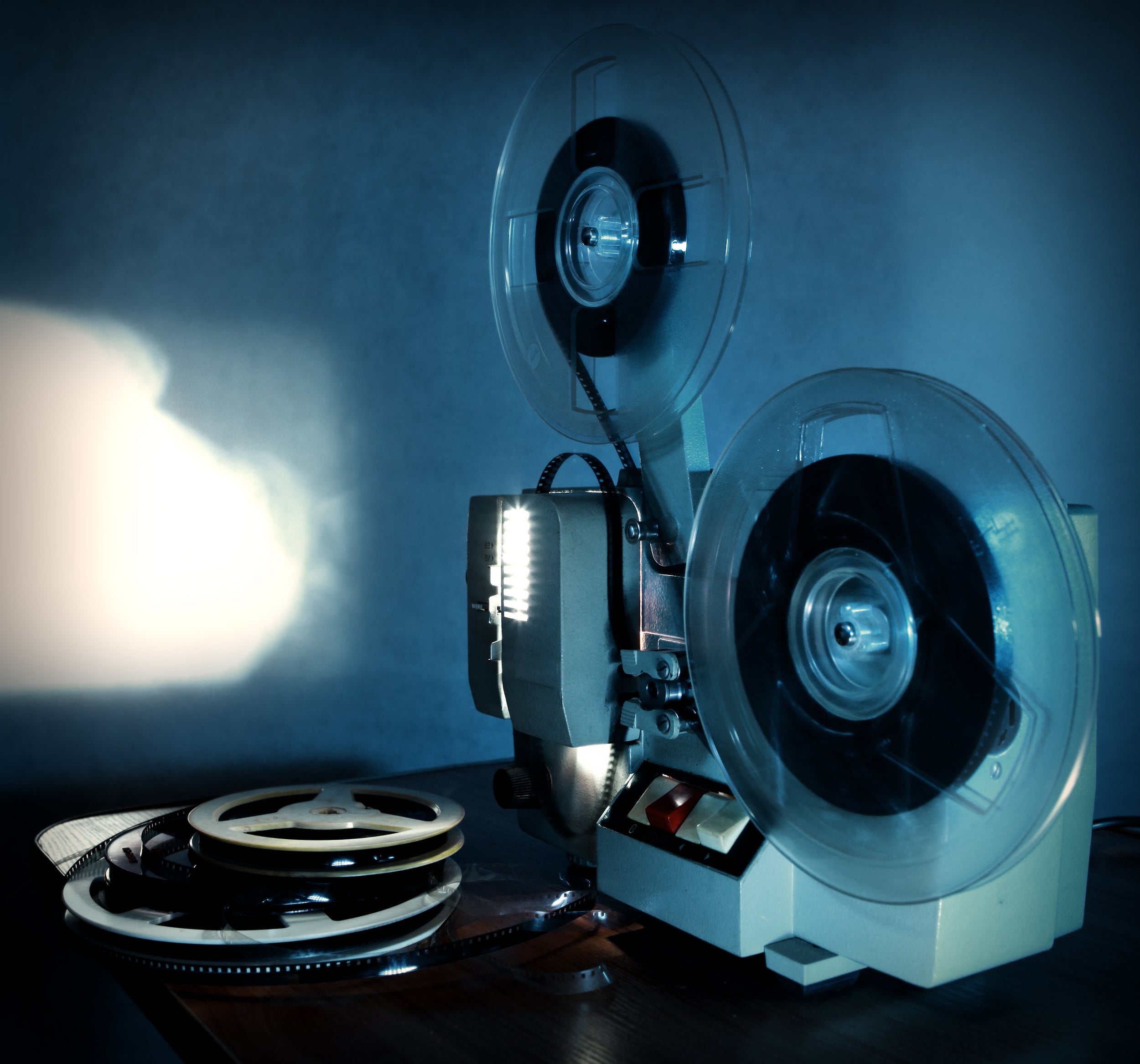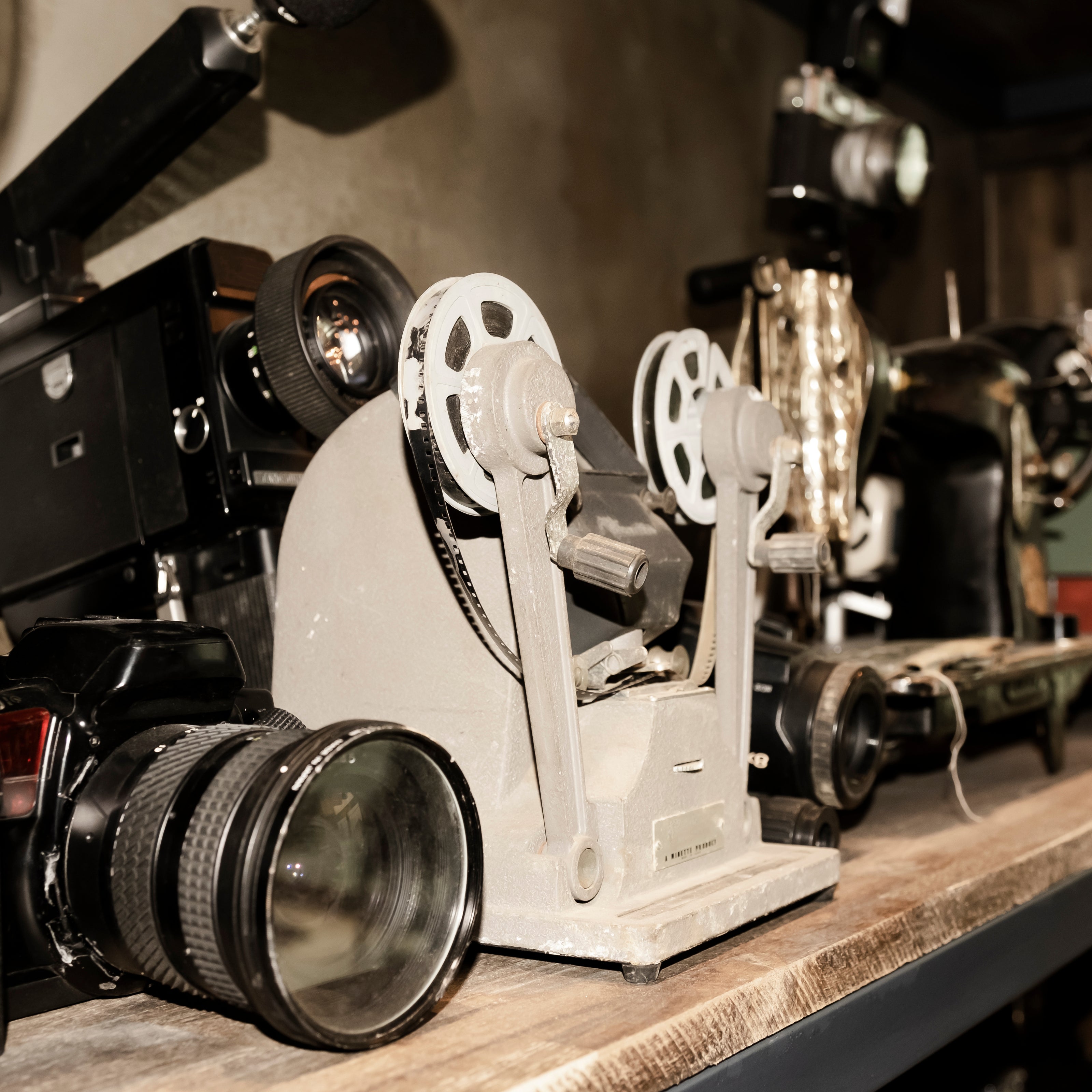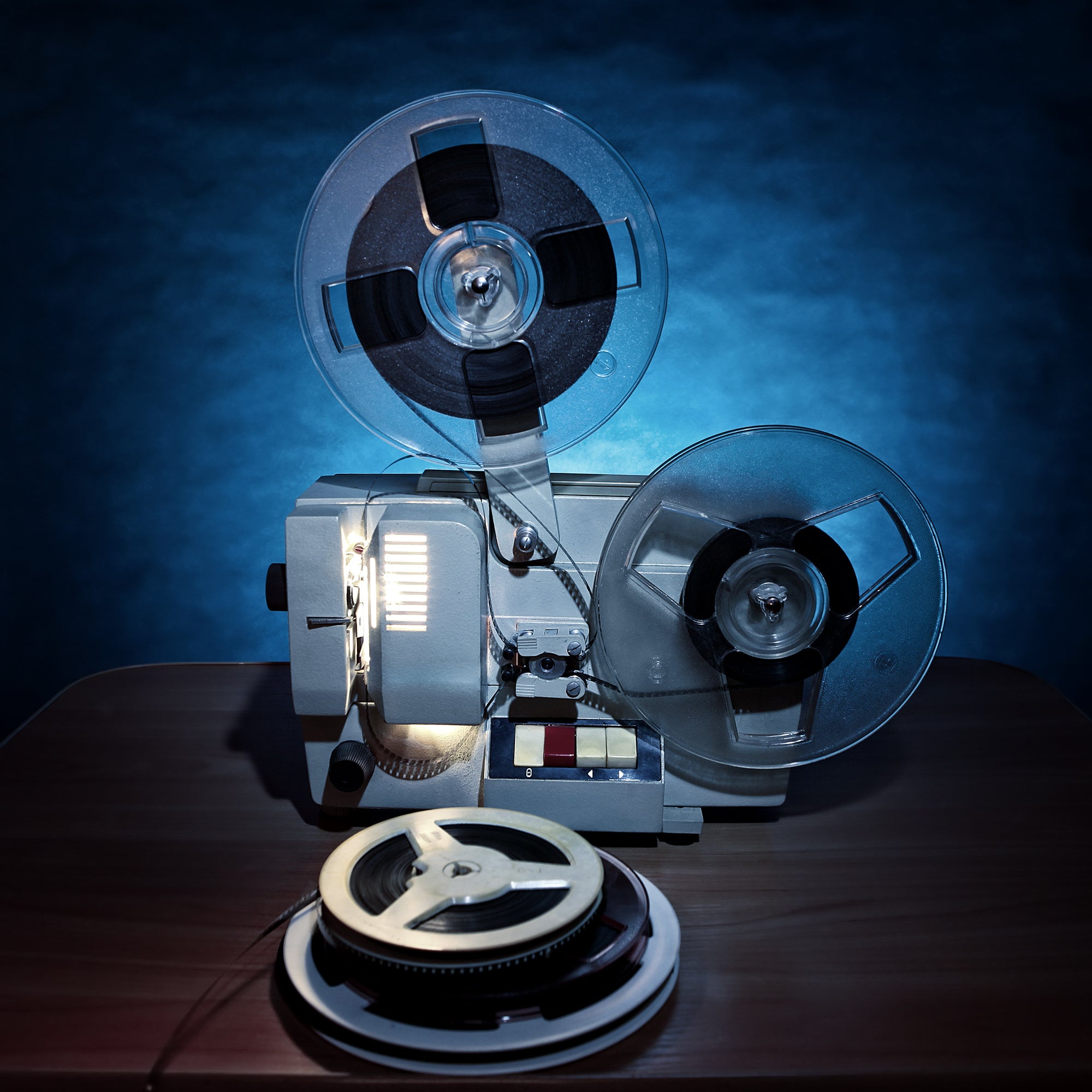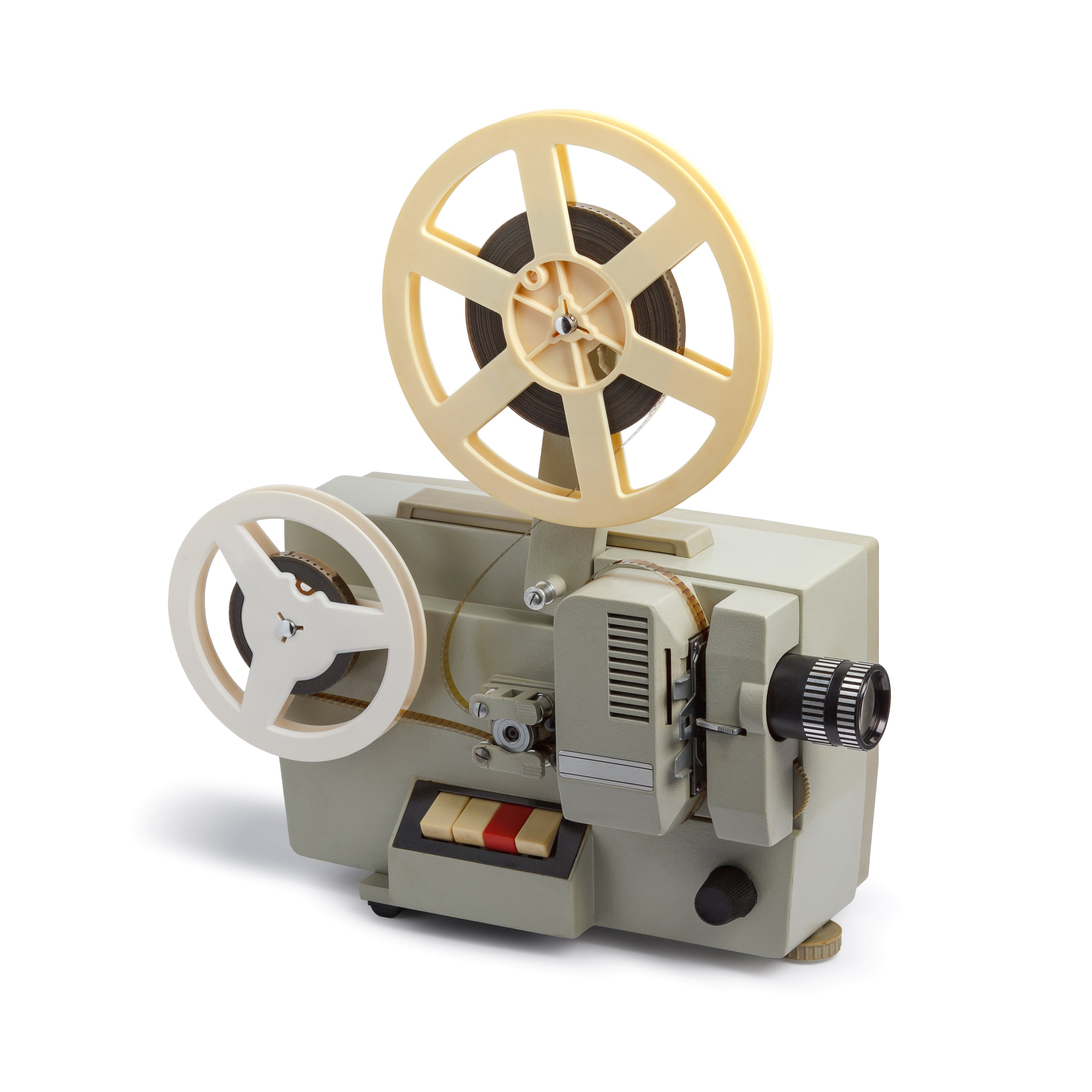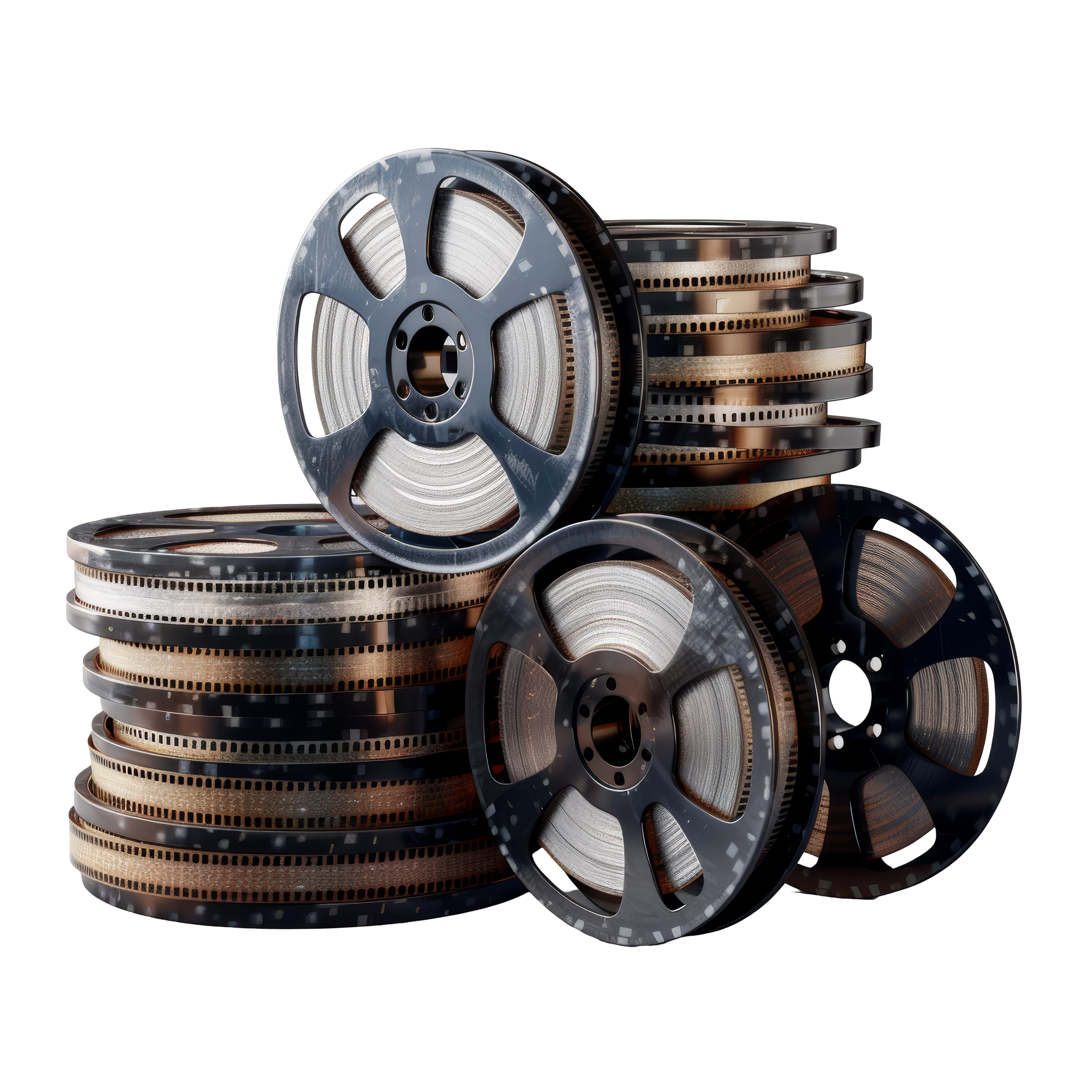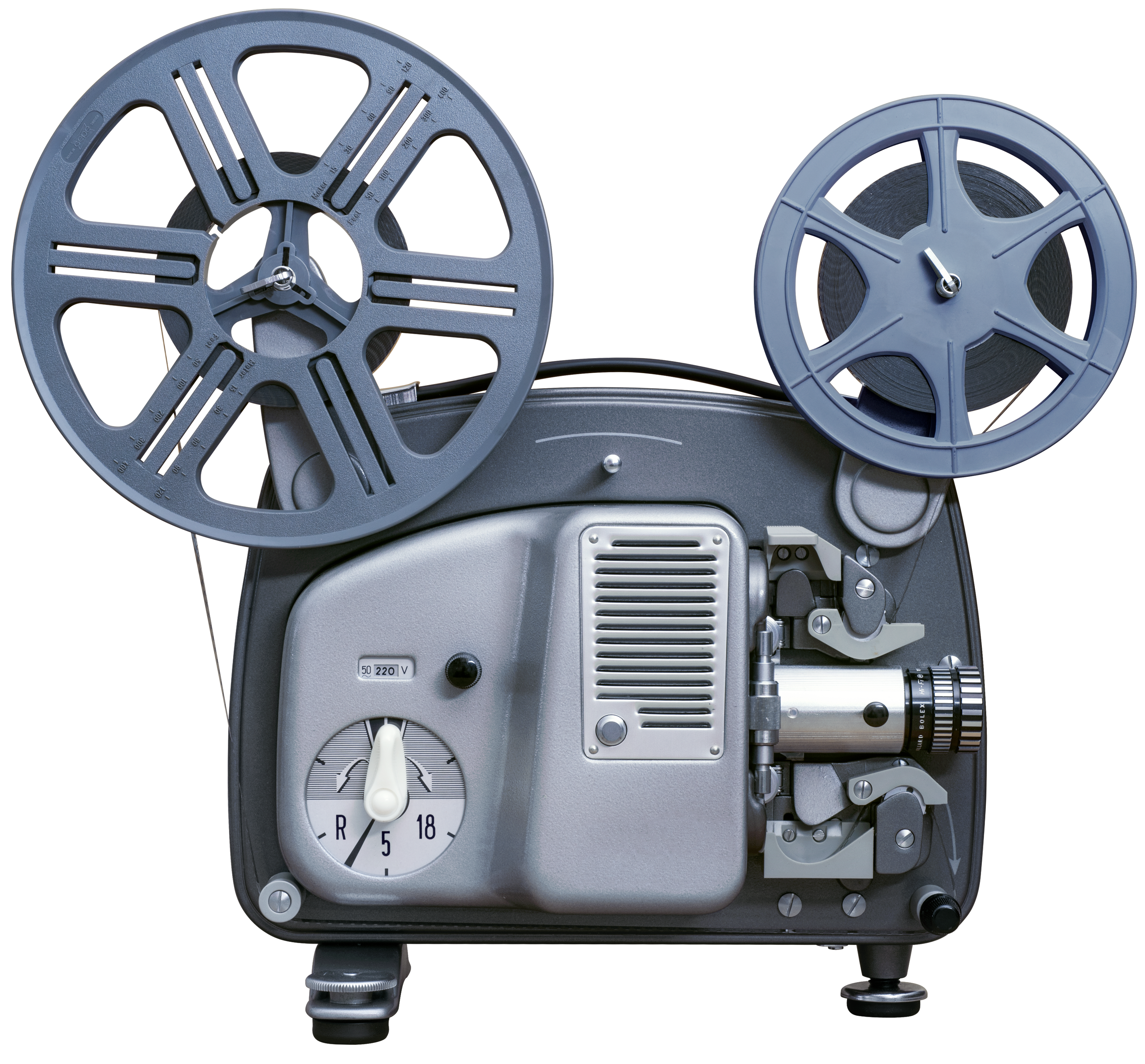
"Bringing Stories to Light, One Frame at a Time" 🎥✨
Projectors: The Evolution of Visual Storytelling
Projectors have played a pivotal role in entertainment, education, and communication, transforming how we experience films, presentations, and images. From early silent film reels to modern digital projection, these devices have brought stories to life, captivating audiences in cinemas, classrooms, and homes worldwide.
The Origins: The Birth of Motion Projection
The journey of projection technology began in the 17th century with the magic lantern, a simple device using painted glass slides and a light source to project images. However, the true revolution came in the late 19th century, when moving pictures became a reality.
🔹 1820s: The Thaumatrope and Zoetrope introduced the illusion of motion.
🔹 1895: Auguste and Louis Lumière developed the Cinematograph, the first motion picture projector.
🔹 1920s: Silent film projectors became widespread, leading to the golden age of cinema.
🔹 1930s-1950s: Sound synchronization transformed projectors, allowing for "talkies" (movies with sound).
By the mid-20th century, projectors had become household and commercial staples, from school film strips to Hollywood blockbusters.
Innovation and Evolution
1. Magic Lanterns & Early Projections (1600s-1800s):
Early magic lanterns used candles or oil lamps to project hand-drawn images, often used for storytelling and education.
🔹 Key Feature: Glass slides illuminated by a light source.
🔹 Impact: The first form of projected storytelling.
2. Silent Film Projectors (1890s-1920s):
The invention of film reels allowed for the projection of moving images, marking the birth of cinema.
🔹 Key Feature: Hand-cranked film reels with black-and-white motion pictures.
🔹 Impact: Launched the film industry and public movie screenings.
3. Sound Film & 16mm Home Projectors (1930s-1960s):
The addition of soundtracks to film changed cinema forever. 16mm and 8mm projectors became popular for home movies and educational films.
🔹 Key Feature: Film reels with synchronized sound and improved image clarity.
🔹 Impact: Made movies more immersive and accessible beyond theaters.
4. 35mm & 70mm Theatrical Projectors (1950s-1990s):
Cinemas adopted advanced 35mm and 70mm film formats, enhancing picture quality, color, and widescreen effects.
🔹 Key Feature: Larger film reels for sharper visuals and panoramic shots.
🔹 Impact: Created the blockbuster era with stunning visuals on the big screen.
5. Overhead & Slide Projectors (1950s-2000s):
Projectors became a standard in classrooms and offices, allowing static images, diagrams, and notes to be enlarged for presentations.
🔹 Key Feature: Used transparent slides or printed sheets for educational purposes.
🔹 Impact: Revolutionized teaching and business presentations.
6. Home Video & Digital Projectors (1990s-Present):
The transition from film reels to digital brought DLP (Digital Light Processing) and LCD (Liquid Crystal Display) projectors, making them smaller, sharper, and more efficient.
🔹 Key Feature: HD and 4K digital projection with streaming capabilities.
🔹 Impact: Enabled home theaters, corporate presentations, and event projections.
Cultural Impact and Usage
Projectors have shaped entertainment, education, and communication:
🎬 Cinema & Film Industry: Movie projectors made theater-going a global phenomenon.
🏫 Education & Training: Slide and overhead projectors became classroom essentials.
📊 Business & Conferences: Presentations became more engaging with visual storytelling.
🎞 Home Entertainment: Families recorded and played home movies on 8mm projectors.
🎮 Gaming & Virtual Reality: Modern projectors provide immersive gaming experiences.
Interesting Facts About Projectors
📽 The first movie ever projected publicly was Workers Leaving the Lumière Factory (1895).
📽 IMAX projectors use 70mm film, producing the sharpest cinematic images.
📽 The world’s largest projection screen is over 11,000 square feet!
Why Projectors Matter Today
Despite digital screens dominating entertainment, projectors continue to evolve, offering larger-than-life viewing experiences for movies, presentations, and events. The nostalgia of film reels and vintage projectors keeps them alive among collectors, filmmakers, and home theater enthusiasts.

